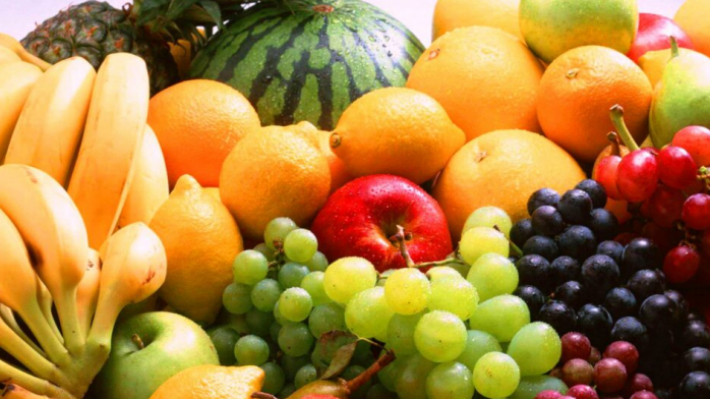In 2022, the volume of the
global trade in fruits and nuts, which has been growing steadily every year for
many years, has fallen for the first time, according to the EastFruit
analytics group. We
looked at the reasons for this extraordinary event and its potential impact on
the countries of Eastern Europe and Central Asia.
If we analyze the trade of the 25 largest fruit exporting countries globally, which account for about 80% of all global exports, the volume of exports from these countries decreased by $4.05 billion in 2022, or 3.5% compared to 2021. Prior to this, global trade was growing dynamically, and its average annual growth in 2018-2021 was 6.3% or $6.6 billion per year.
It is interesting to note that out of the Top-25 countries, only 6 countries showed an increase in exports or less than a quarter of the countries. And this speaks of grave problems in this industry or in consumption.
If we look at who exactly increased exports and who reduced them, the answer to the question about the causes of the fruit trade crisis becomes more obvious. Exports of fruits and nuts were increased by Chile, Peru, Costa Rica, Egypt, Morocco, and Guatemala – countries that took advantage of the possibility of off-season deliveries, combined with such an important element of the horticultural business as cheap labor. But all the EU countries, without exception, as well as the USA, that is, countries with the highest income levels and high labor costs, have significantly reduced their exports of fruits and nuts.
Why did the global trade in fruits and nuts plummet in 2022?
“Fruits and nuts, for the most part, are not essential foods. In 2022, the world experienced an economic and energy shock provoked by Russia’s military aggression against Ukraine. This led to a sharp increase in energy costs for producers, a sharp increase in the cost of logistics, and an increase in costs for basic foodstuffs, with little or no growth in consumer incomes in Europe and the United States. Consequently, the demand for fruits and nuts has noticeably weakened. Another reason was the problems caused by climate change and various weather anomalies, which lead to growing losses in fruit crops,” says Andriy Yarmak, economist at the Investment Center of the Food and Agriculture Organization of the United Nations (FAO).
He adds that the factor of “deglobalization” or the decrease in the openness of various countries to import and export products also played an important role.
Besides, it should be taken into account that the drop in trade is estimated in terms of value in US dollars, and dollar inflation in 2022 exceeded a record 8% for recent years, which indicates a very sharp real decline in global exports of fruits and nuts.
How have global fruit exports changed in the leading countries?
Georgia reduced its export earnings by 6% or $13 million. The main decrease was in the main export category for Georgia – hazelnuts. Georgia’s export earnings from mandarins, apples, and persimmons also decreased. On the other hand, it was possible to increase export volumes in such export categories as blueberries, peaches, pomegranates, plums, dried fruits, lemons, almonds, and even table grapes.
Poland receives the main export
earnings from exports of frozen raspberries. This category recorded growth to
record levels in 2022, as did the frozen fruit category. But the exports of
frozen strawberries from Poland fell. The revenue from the exports of Polish
apples and blueberries also decreased.
Uzbekistan increased export earnings from fruits and nuts in 2022 by 21% or $107 million. At the same time, strong growth in revenue for four main export commodities was recorded: table grapes, raisins, peaches, and persimmons. The exports of cherries from Uzbekistan fell almost three times to an anti-record in recent years, which was caused by weather anomalies. We also note the growth of Uzbekistan’s export earnings for prunes, fresh plums, pomegranates, melons, watermelons, and frozen fruits.
Ukraine, which was treacherously invaded by Russian troops in 2022, destroying or damaging orchards in various regions of the country, reduced fruit and nut exports by 15% or $55 million. The decrease was noted in three main categories: frozen raspberries and other frozen fruits, as well as walnuts. At the same time, revenue from the exports of Ukrainian fresh apples, blueberries, and frozen strawberries increased.
Moldova, which has been ranked below Ukraine among exporters of fruits and nuts for several years, increased exports by 6% or $15 million in 2022, despite multiple difficulties arising from the Russian invasion of Ukraine. At the same time, revenue for the main export commodities, apples, and walnuts, remained almost unchanged compared to 2021. As for fresh grapes, cherries, apricots, prunes, and frozen raspberries, there was a noticeable increase in revenue. At the same time, Moldova’s export earnings for fresh plums dropped sharply.










